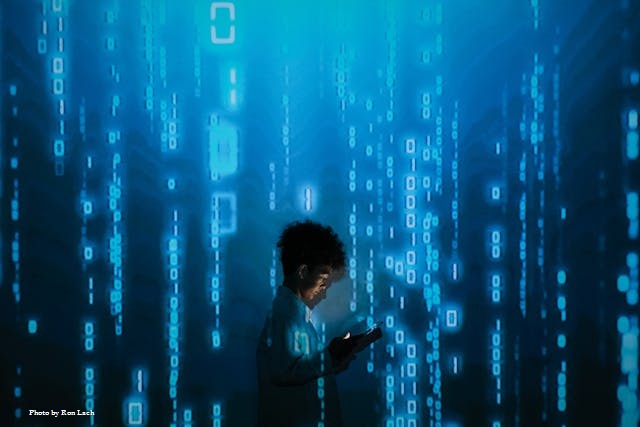In the past year, the world has witnessed an unprecedented shift towards online and blended learning models. The COVID-19 pandemic forced schools and educational institutions to adapt to a new way of teaching, one that involves using technology to deliver education remotely. While online learning has its challenges, it has also opened up a world of opportunities for educators and students alike. One educational institution that has embraced this change is the District of Columbia Public Schools (DCPS), which has implemented a blended learning model to provide a more personalized and engaging educational experience for its students.
What is DCPS Blended Learning?
DCPS Blended Learning is a teaching approach that combines traditional classroom instruction with online learning. It provides students with a more flexible and individualized learning experience by allowing them to progress at their own pace and on their own schedule. This model is built on the idea that technology can be used to enhance the learning process, and not replace it.
How Does DCPS Blended Learning Work?
In a DCPS blended learning classroom, students are divided into groups and rotate between different stations throughout the day. These stations include teacher-led instruction, collaborative group work, independent online learning, and one-on-one instruction with the teacher. The teacher acts as a facilitator, providing guidance and support as students work through the different stations.
One of the key benefits of this approach is that it allows students to take ownership of their learning. They can work at their own pace and spend more time on areas that they find challenging, while moving quickly through material that they have already mastered. This personalized learning experience can help students stay engaged and motivated, as they feel more in control of their own learning.
DCPS Blended Learning also provides teachers with a wealth of data and insights into student performance. Online learning platforms collect data on student progress, allowing teachers to track student progress in real-time and identify areas where additional support is needed. This data-driven approach can help teachers tailor their instruction to meet the unique needs of each student.
Why DCPS Blended Learning Matters
DCPS Blended Learning is more than just a new way of teaching – it has the potential to transform education as we know it. By leveraging technology to personalize the learning experience, this approach can help bridge the achievement gap and ensure that all students have access to high-quality education.
This approach is especially important in a city like Washington, D.C., where there is a significant achievement gap between students from low-income families and those from more affluent backgrounds. According to a report by the DC Fiscal Policy Institute, only 31% of low-income students in the city meet or exceed proficiency standards in reading and math, compared to 77% of their more affluent peers. DCPS Blended Learning has the potential to help close this gap by providing students with the individualized support they need to succeed.
DCPS Blended Learning is also important because it prepares students for the future. In today’s digital age, technology is a critical component of many jobs and industries. By using technology to enhance the learning experience, DCPS is helping to prepare students for the jobs of tomorrow. Additionally, the skills that students develop through online and blended learning, such as self-motivation, self-direction, and time management, are essential skills that will serve them well in any career path they choose.
Challenges and Limitations
While DCPS Blended Learning has many benefits, it is not without its challenges and limitations. One of the biggest challenges is ensuring that all students have access to the technology and resources they need to succeed. Not all students have access to reliable internet or devices at home, which can make it difficult for them to participate in online learning.
Another challenge is ensuring that teachers have the training and support they need to effectively implement blended learning in their classrooms. This approach requires teachers to be comfortable with technology and to have the skills to differentiate instruction and provide personalized support to students. Providing ongoing professional development and support to teachers is essential to the success of this approach.
In addition, DCPS Blended Learning may not be the best fit for all students. Some students may thrive in a traditional classroom setting, while others may struggle with the self-direction and time management required for online and blended learning. It is important to ensure that this approach is used in a way that meets the unique needs of each student.











